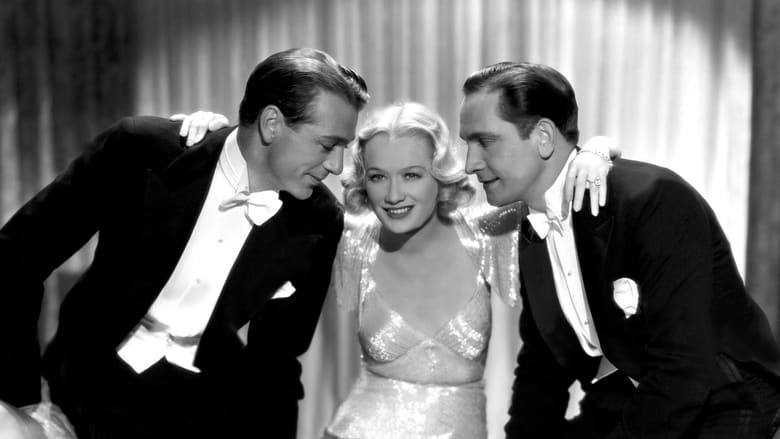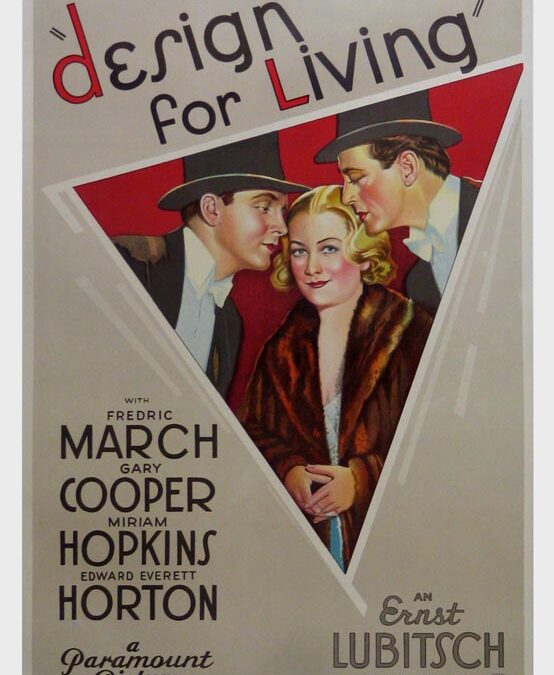
One of the most frequent questions I am always asked being the host of the greatest movie podcast ever (opinions may vary) is “What’s your favorite movie?” That answer has been the same since I was 11 years old. But it also isn’t as easy to explain why I love some movies more than others.
As an art form, movies are by their nature interpretative. Some people will point to a film’s box office total as a barometer for a film’s quality, this might not be true again because although it might be popular to the masses it might not appeal to you. I am looking at you Avatar, which is not one of my favorite films, not by a longshot.
Also, if the film wins an Academy Award for Best Picture, that hardly means it’s one of my favorite films, looking at you The English Patient, in fact I hardly agree with the Academy. Having said that, I am sure that some people love Avatar and The English Patient. And that’s what makes movies so great.
I, also am not a professional critic. I love film. I try and find merit in all film. As a host of a podcast that attempts to give every movie a chance, I believe that is the best way to approach movies, let the lights go out and try and enjoy yourself. You might find a “diamond in the rough.”
When thinking of my favorite movies to share with you, my loyal listeners, I thought 100 wasn’t going to be enough. So, I am proud to present my 150 Favorite Films, right now. These will change, I know they will.
See you at the movies!
***Spoilers Ahead!***
149. Design for Living (1933) (Directed by Ernst Lubitsch)

The Movie: On her way to Paris, commercial artist Gilda (Miriam Hopkins) takes a seat across from tow sleeping men. The men wake up, artist Thomas Chambers (Fredric March) and playwright George Curtis (Gary Cooper) and they soon find they both are smitten with Gilda. Gilda also is ignoring the advances of Max Plunkett (Edward Everett Horton) who is also in love with her.
When Gilda visits Thomas and George at their apartment, both men realize that they can’t live without her and Gilda cannot choose between the two men. She agrees to live with them, help them in their careers and not have sex with either of them.
Gilda has Tom’s play read by a producer, who wants to put it on. Tom goes to London to help in the production of his play. While he is gone, George and Gilda began a romantic affair and soon move into a luxurious apartment after George becomes extremely successful.
Tom learns of this and heads back to Paris and to talk to Gilda. When he arrives, he learns that George is away in Nice painting, Gilda and Tom start having an affair.
When George returns, he throws both Gilda and Tom out. Gilda decides she cannot see the two former friends fighting and leaves to marry their rival, Max.
Gilda realizes that she cannot marry Max as she does not love him. Tom and George crash a party that Max is throwing, sneak upstairs and hide in Gilda’s bedroom.
The three “share” the bed, realize they love each other and leave to live together in Paris at their old apartment.

Why I Love Design for Living: A screwball comedy by one the genres best directors, Design for Living is a pre-code racy, funny and quick-witted comedy.
All the actors are icons in their own right. Miriam Hopkins is beautiful, funny and is the perfect foil to Fredric March and Gary Cooper. It is also great seeing March loosen up and be funny as well. Most of the films I had seen March in he was serious, dark and brooding. Here, he smiles and charms the audience along with Hopkins.
Cooper, is at ease, commanding the camera whenever he is on screen. His smile and his devilishly good looks serve him well with snappy dialogue.
The film has some wonderful camera movements that are so fluid and not common in films in the early 30’s. The crane shot going up the stairs in the apartment complex is awesome. Lubitsch moves the camera quite a bit and doesn’t leave it stationary for too long.
What I love too about early Hollywood is it wouldn’t shy away from racy topics. Before the Hays’ Code really went into effect, Design for Living has Hopkins sleeping with two men, and not choosing either. Making it really refreshing not to have an ending with a bow on it where she chooses one man and marries them. Not Gilda, she decides to live with both, and threesomes is strongly hinted it.
Hopkins has become a favorite of mine and she crushed it in 1933. Not only Design for Living came out but so too did The Story of Temple Drake where she goes for a darker and more controversial (at the time) role.

